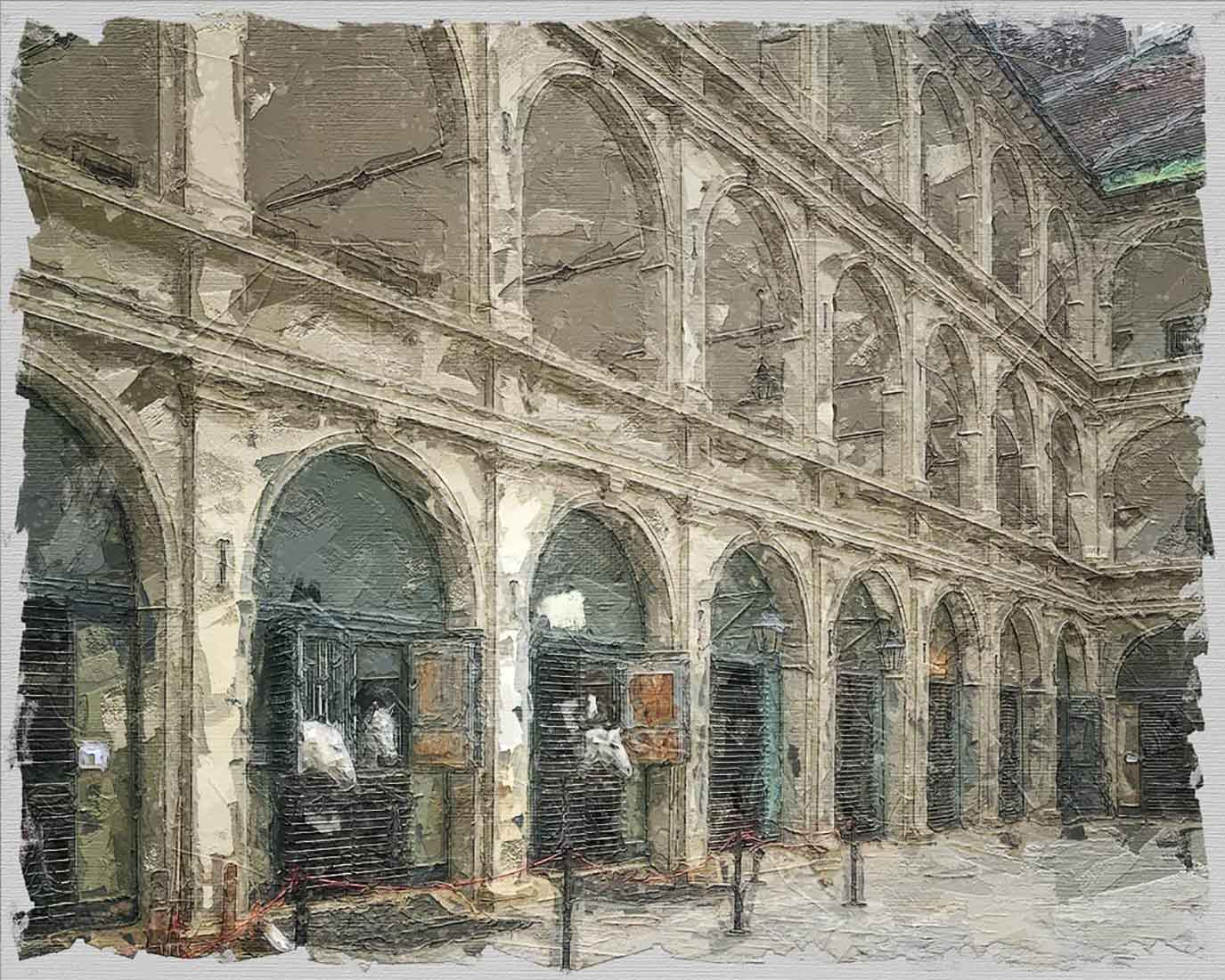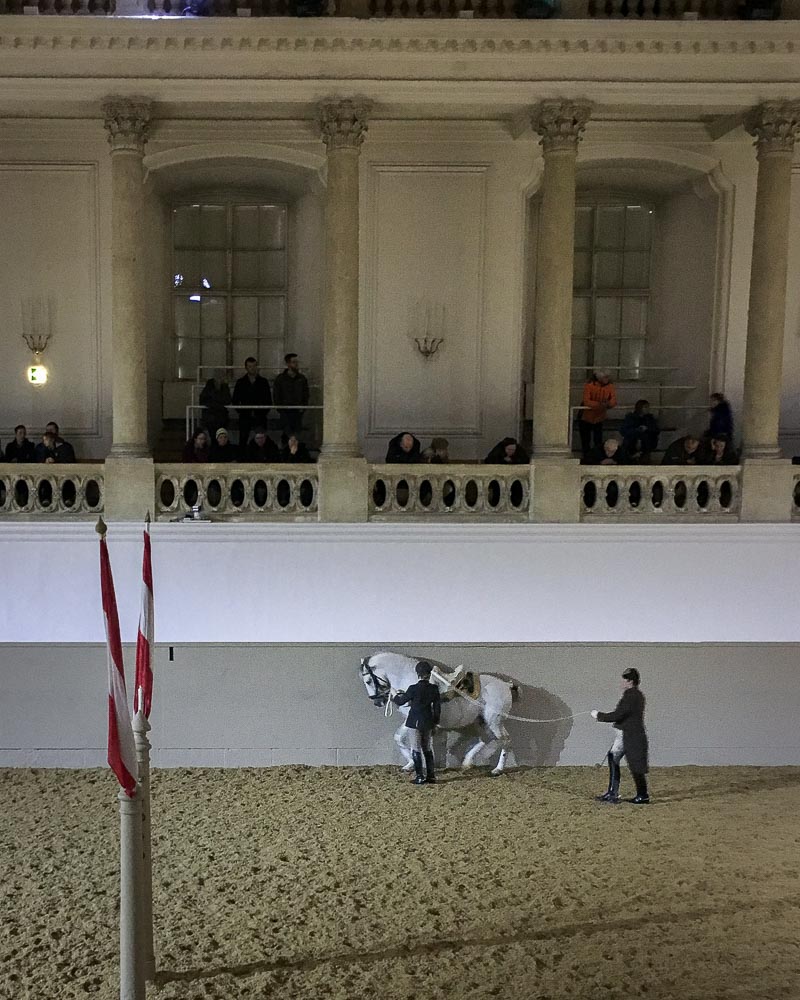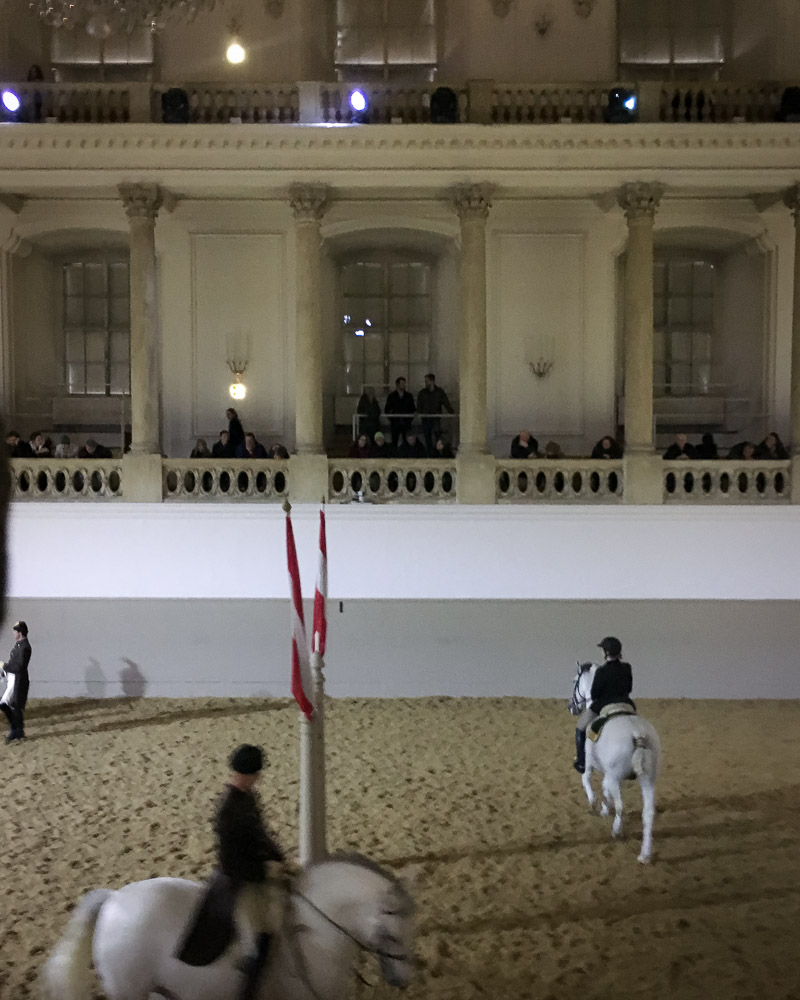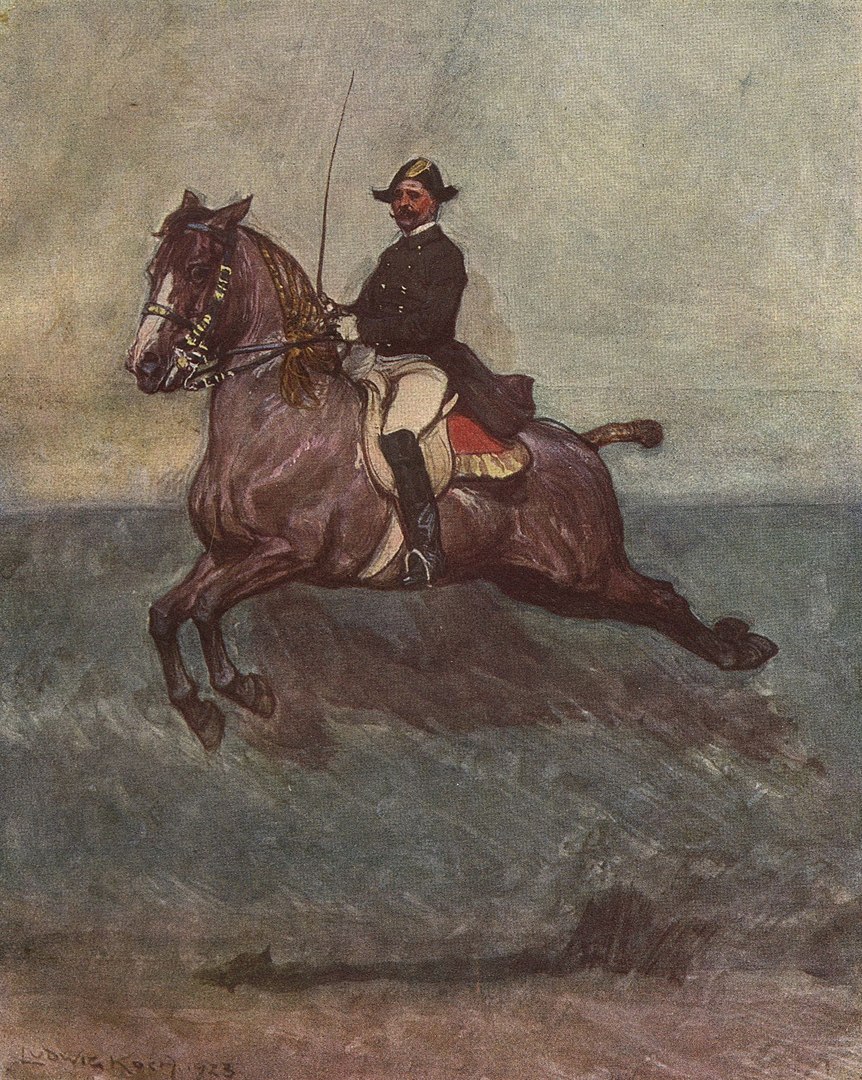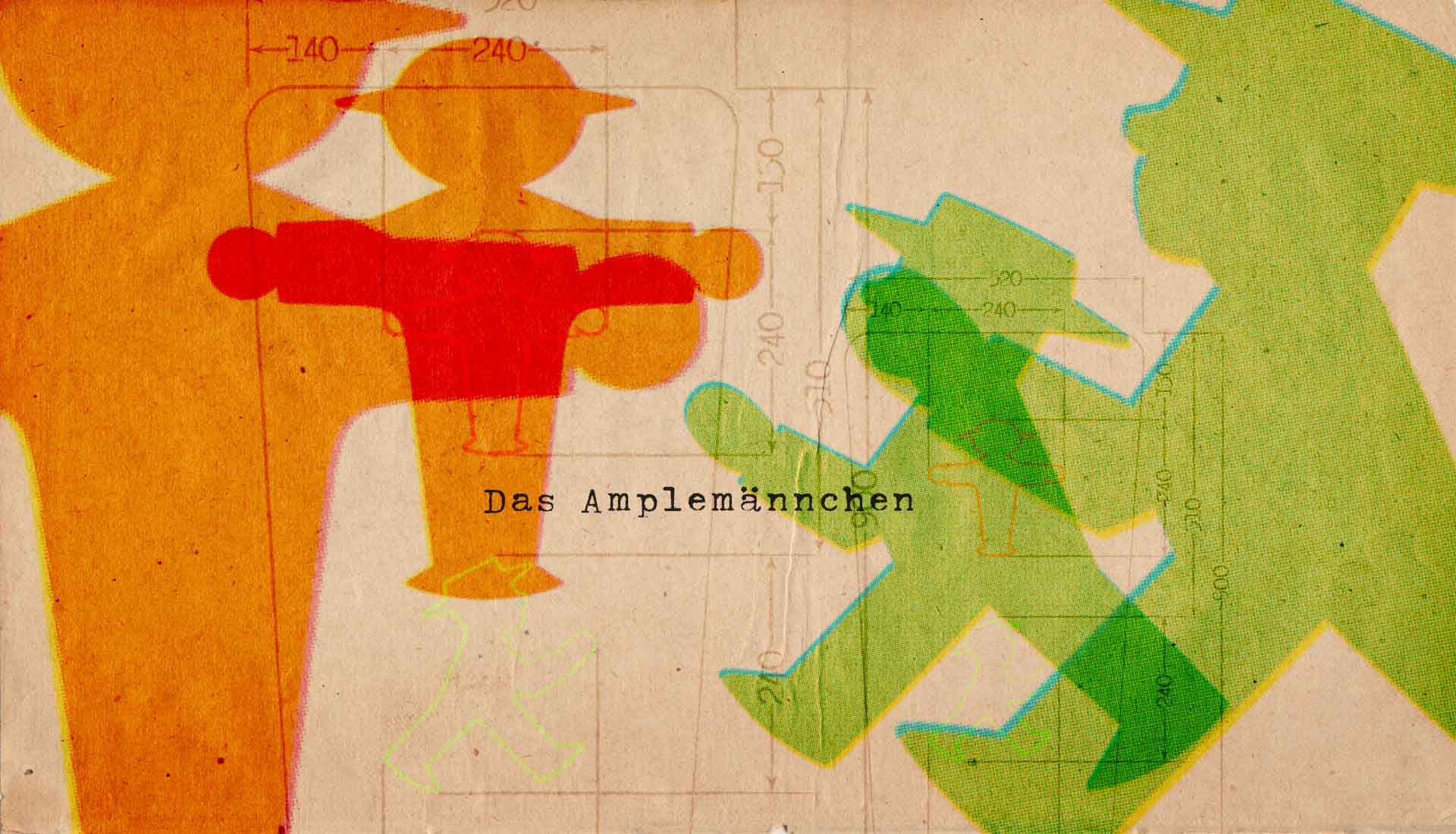he alarm rings early - I shut it off and lay quietly in the bed. The realization of my surroundings and my plans for the day slowly creeping in my still groggy mind. This morning I am taking a suggestion from Olaf. One of our forays brought us by the Spanish Riding School and Olaf suggests that I try to see a performance. So, here I am somewhat regretting my plan to see the Morgenarbeit (morning work/exercise) of the horses of the Spanish Riding School. From all that I have read, I will need to get there early to secure a good vantage point. They practice weekdays from 10:00 - 12:00 (in the winter) so I must brave the cold and rain of the early morning to see them.
There is, unfortunately, no transit stop close so I start out around 9:00 to be on time – first taking the 74a bus to the Wein Mitte station where I get a melange to take with me. Then on the U3 to the Herrengasse stop and a short 5 minute walk and I arrive (well, it was supposed to be a 5 minute walk but I get a bit turned around).
I am still early as they have not allowed anyone to enter the arena which allows me to warm up somewhat before I need to sit in the unheated Winter Riding Hall. The Spanish Riding School was named for the Spanish horses that contributed to the Lipizzan breed. The riding school was first named in 1572 and is the oldest of its kind in the world. The first riding arena was commissioned in 1565, but it wasn’t until 1729 that the white riding hall – still used today – was built. Soon we are allowed in and I find a seat in the first balcony on the long side (where B or E would be located for all you dressage riders). Photos are strictly forbidden so I had to sneak some when no one was looking.
The riders are carefully schooled: first on the longe without stirrups for up to 3 years. They are then allowed to ride under the eye of an experienced rider until they can perform the high school movements (about 2–4 years) after which the rider can train a young stallion – a process that can take 4–6 years.
It is a common myth that the movements were developed to aid in battle; in fact, they were used to strengthen the horse’s body and mind and make him a supreme athlete. All the movements are based on those naturally performed by the horse when at liberty. The stallions are taught in three stages.
Remontenschule (“forward riding”): This stage begins when the horse is first brought to the Spanish Riding School as a 4-year-old, taught to be saddled and bridled, and started on the longe line to improve his obedience, and strengthen muscles.
Campagneschule (“campaign school”): After a year, the second stage begins. Young stallions are always placed with experienced riders to develop impulsion, improve the natural paces, promote self-carriage, make the horse supple and flexible, and gradually develop the muscles.
Hohe Schule: (Haute Ecole) In this stage, the rider will gradually push the horse to perfection. Through this work, the horse will learn to perform some of the most difficult movements such as pirouette, passage, piaffe, and one-tempi changes.
Each horse worked approximately 30 minutes and there were 5 horses at any one time in the arena. It seems that as each group of horses are changed out, they increase their level of training.
The first group looks to be about 3rd level but the second group looks like 4th or higher as they practice their tempis and working pirouettes. The third group of horses are higher trained (to haute ecole) as several of them were worked in hand and are practicing their piaffe and airs above the ground.
The last group of horses are youngsters. Their youthful exuberance quite evident on their faces (and in their antics).
I cannot imagine having to train and exercise my horse with hundreds of eyes watching every error. My hat’s off to the riders…and the horses…and I do very much miss riding my horse.
I leave during the last few minutes of their exercise – I am cold and hungry but this has been well worth the pain – what a joy to watch.


